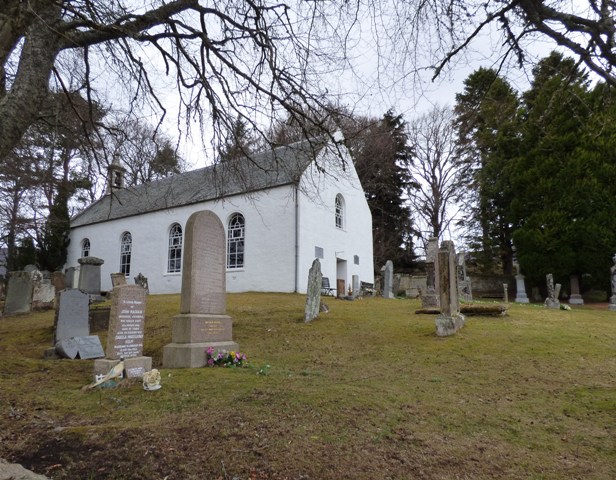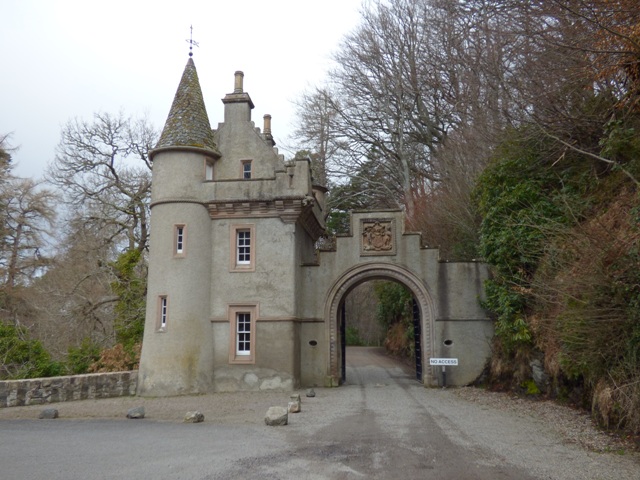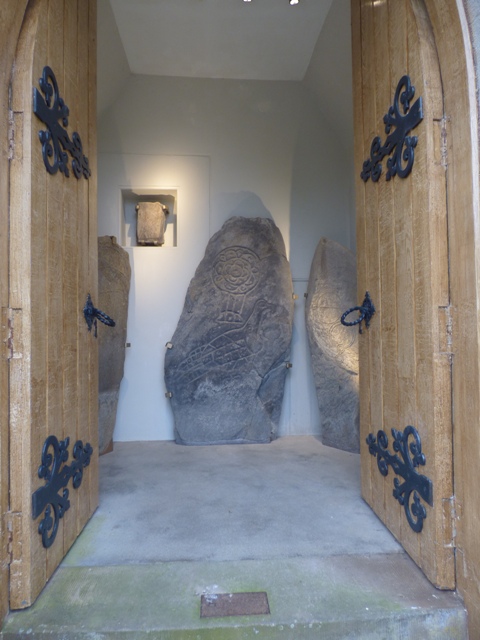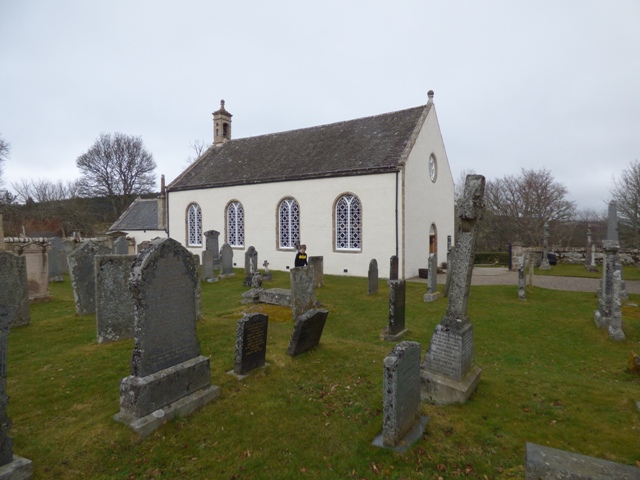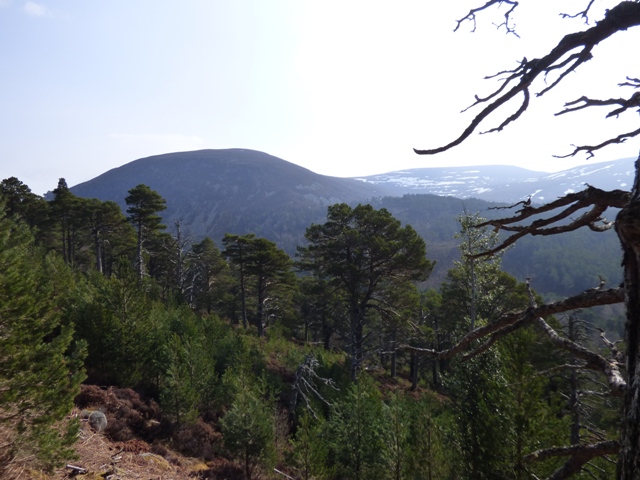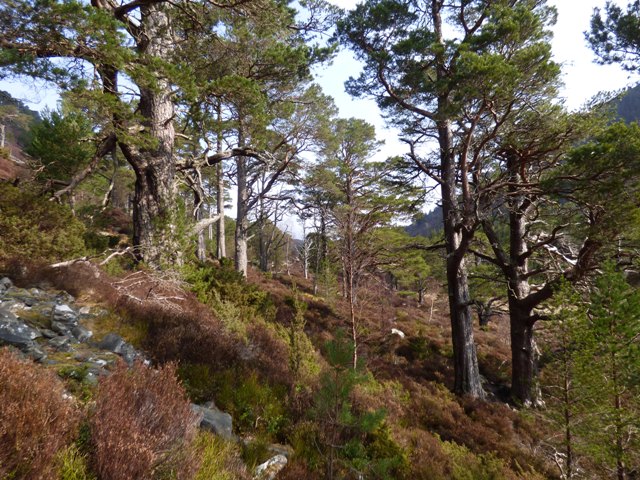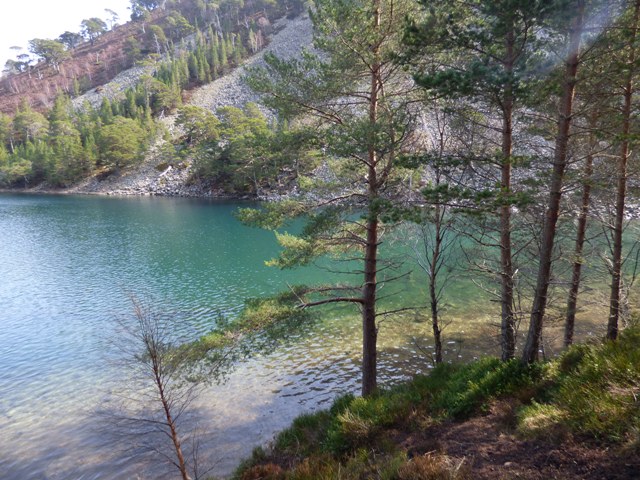Scotland Travel Blog March 2018
"Cairngorm Curiosities"
We’re big fans of the Cairngorms National Park. The vast expanse of Scots Pine forest gives you a sense of how much of Scotland would once have looked before the countryside was denuded by the combined effects of sheep farming and hunting estates. When you walk amongst these majestic trees, it’s hard not to feel that Scotland would be an even more spectacular country if we could just bring the old woodlands back.
For most Scots, the Cairngorms is a place that you go to for outdoor activities. Aviemore is Scotland’s main ski resort and it had a growth spurt in the 1970’s / 80’s when lots of hotels and services sprung up to cater for winter sports visitors. This does mean that the architecture of the buildings in Aviemore is a rather soulless mish mash of modern concrete blocks juxtaposed with a few Victorian survivors. But you don’t come to the Cairngorms to visit Aviemore, you come here to go mountain biking, white water rafting, off road driving, mountain hiking etc. There’s no shortage of activities and attractions in this area, but the Cairngorms also has interest for visitors who don’t need an adrenaline fix and we’re going to show you some of the regions lesser known curiosities.
Alvie Kirk
Our first suggestion might not give you an adrenaline rush in the conventional sense, but if you have a bit of the “sixth sense” you might feel your pulse quicken as there is something a bit “mystical” about Alvie Kirk. The church stands in a small cluster of trees on an isthmus of land between Loch Alvie and the smaller Loch Beag. The setting is quiet and has that sort of magical quality that tells you this has been a place of worship long before Christianity came here. But the thing that makes Alvie Kirk really interesting is the mystery of the mass grave of 150 bodies that was discovered under the church during renovation works in the 1880’s. The bodies were neatly arranged lying head to head and it is thought that they were victims of some battle that history has long since forgotten.
Delfour Stone Circle
We first found out about Delfour stone circle when pouring over some Ordnance Survey maps to work out routes for a walk to Cluny’s Cave (but that’s another story). To use the correct archaeological; terminology, this site is a “Clava ring cairn”, however, it doesn’t look much like the cairns at Clava. This is maybe because the stones of the original cairns were removed over the years for other building purposes. There is an “entrance” to the stone circle and in front of the entrance stands a solitary stone which is ~10 foot high. It isn’t the most impressive of neolithic sites, but very few people know about it so you’ll most likely be the only visitors and that’s the sort of place that we like.

Porter’s Lodge
If you want to live in a castle, but only have the budget for a small cottage, Porter’s Lodge could be the solution to your ambitions. The lodge is a gatehouse for the Ballindalloch estate and hundreds of people drive past it everyday on the A95 but never even notice it as it sits back from the road in a leafy riverside hollow. The lodge is a small, but perfectly formed castle complete with turrets, ramparts and loopholes for firing your musket at visitors. The building currently sits unoccupied, but we reckon the owners would be fully booked out if they converted it into a self catering holiday let.
Inveravon Pictish Stones
We’ve previously written a blog about the Picts and the mystery of how such a dominant Scottish culture seems to have ended so suddenly. One thing we do know about the Picts is that they were great craftsmen and they have left us with a legacy of beautiful stone carvings, such as the ones found at Inveravon Kirk near Ballindalloch. The Picts had a form of written language and their carvings have a repertoire of 40 different motifs, which are usually combined in pairs. The meaning of these symbols is lost and historians can only speculate on their purpose. The carvings at Inveravon are interesting as they represent different styles and levels of craftsmanship. Archaeologists have suggested that the varying levels of craftsmanship may be the result of the decline in the Pictish tradition of stone carving, but then it might just be because one guy was a bit drunk when he did it… who knows?
Lochan Uaine
Relative to the other places mentioned above, Lochan Uaine is not such a secret spot and there is even a mountain bike trail that leads up to it so you can expect to share this beauty spot with others. However, we would recommend that you exert a little bit more effort and walk to the lochan via an alternative forest trail that climbs steadily uphill from a starting point behind the Reindeer Centre at Loch Morlich. The path is quite easy to follow as it is marked with blue painted posts. If you follow this trail, you get magnificent views over the Glenmore forest towards the Cairngorm mountain plateau. You then descend on a meandering trail that picks its way round sturdy Scots Pine Trees before arriving at the shores of Lochan Uaine.The whole hike is stunning, but the highlight of the walk will be your first glimpse of Lochan Uaine and its unusual jade green tinted waters bordered pine trees. Some say that the green colour comes from the “little people” washing their clothes in the water… Aye right!

